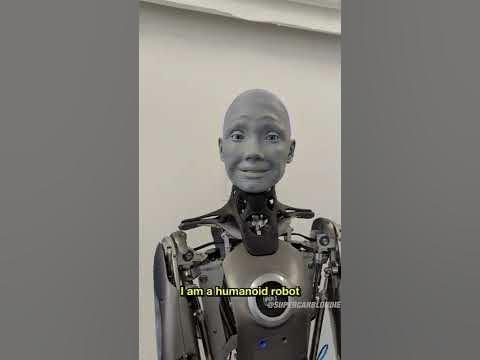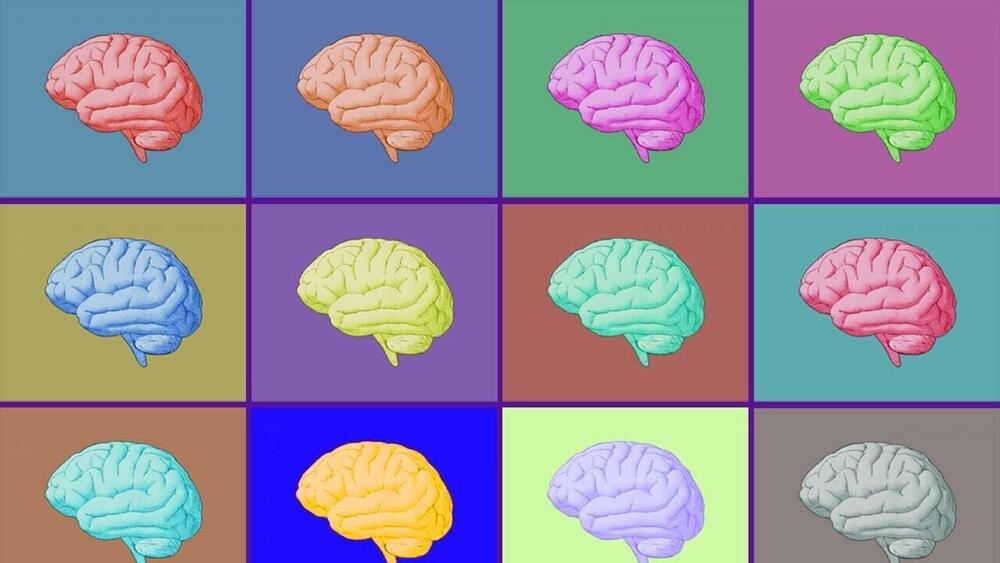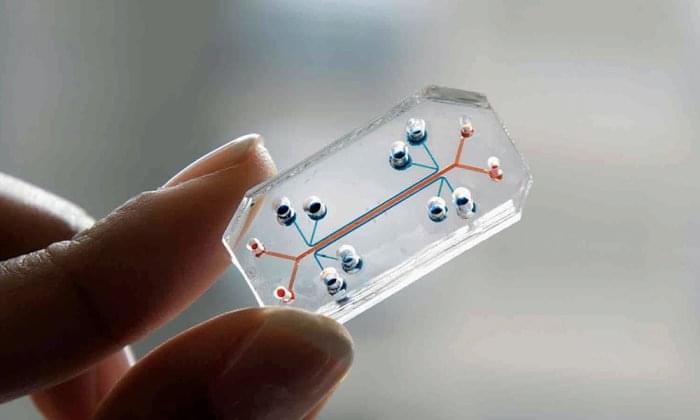
The United States Air Force unveiled the B-21 Raider, a high-tech stealth bomber that can carry nuclear and conventional weapons and is designed to be able to fly without a crew on board. The fleet is estimated to cost $203 billion to develop, buy and operate over 30 years, according to Bloomberg, with the US planning to acquire at least 100 of the aircraft.
Much of the features of the warplane are shrouded in mystery, with reports suggesting that it has the potential for an uncrewed flight. A US Air Force spokeswoman said the aircraft was “provisioned for the possibility, but there has been no decision to fly without a crew”.
The first flight by a B-21 is expected to take place next year.


















